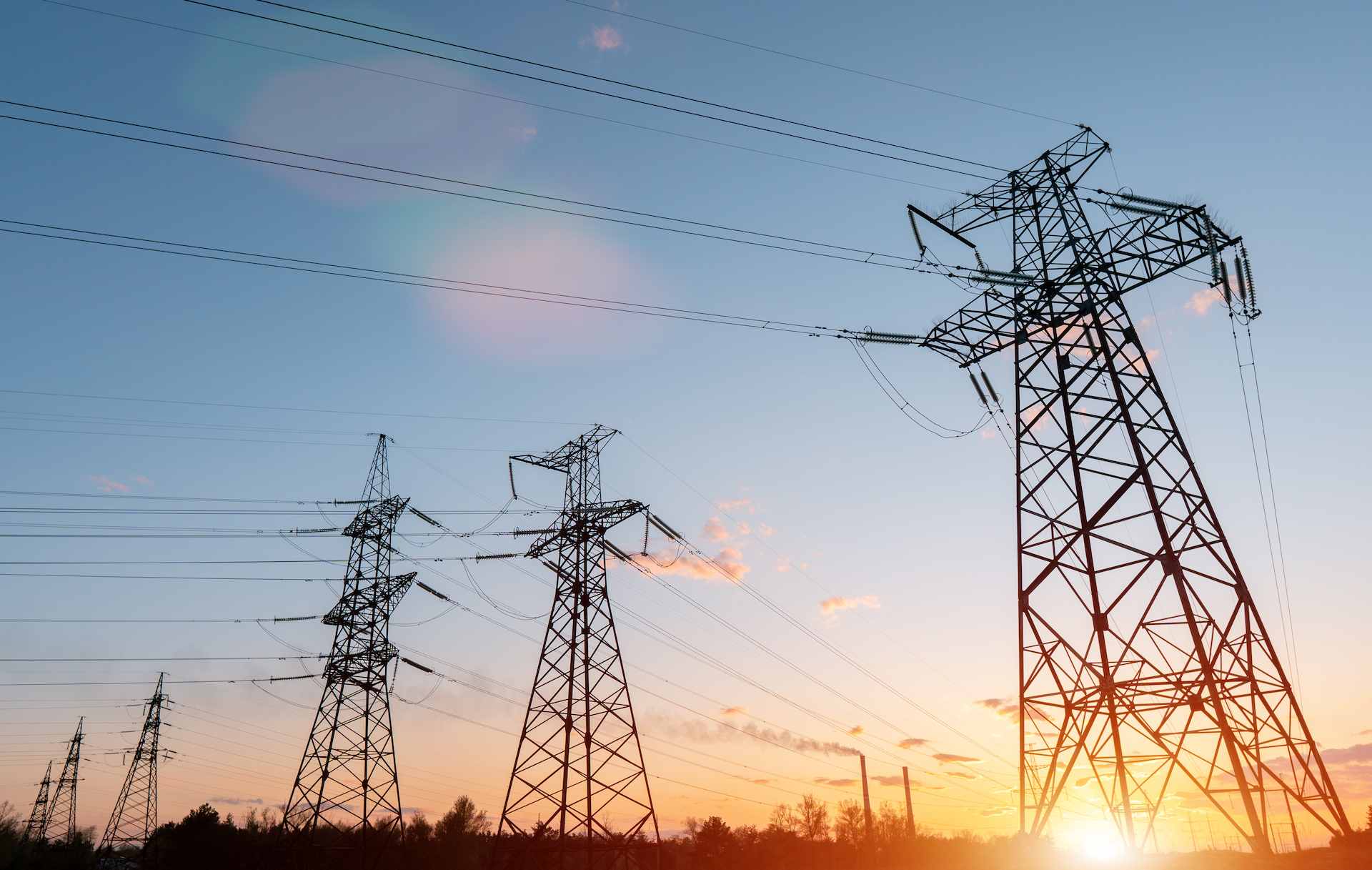As the global community grapples with the dire urgency of our environmental crisis, France’s stance at the recent G20 summit held in India is reflective of the immediate need to transition away from the damaging impacts of fossil fuels. However, this urgent call to action has been met with resistance from Russia, causing a rift between energy ministers who are unable to agree on a clear timeline for the phasing out of fossil fuels. The tension around this critical issue was evident in the statement issued post the summit, highlighting the contentious divide on the subject of oil and gas among the participating nations.
France, leading a coalition of 18 nations, fervently advocates for an expedited divestment from fossil fuels and a significant reduction in greenhouse gas emissions post 2025. The coalition’s clarion call arises from the shared belief that “humanity can no longer afford to wait,” emphasizing the escalating threat of climate change to our shared planet.
Despite this political will, the reality of the situation presents considerable obstacles. A chasm lies between the aspirations of our political leaders and the practicalities of technology and economics within the renewable energy sector. The current competition between fossil fuels and green energy presents a stumbling block, as the drive towards sustainability collides with the entrenched infrastructure and economics of traditional energy sources.
Recent reports by Bloomberg indicate that US utilities are beginning to sever contracts with wind power producers. This trend is not confined to the US. Indeed, just last week, EADaily reported that Sweden’s Vattenfall ceased one of its offshore wind farm projects in the UK. This state-owned company attributes the halt to the energy crisis and the prevailing geopolitical climate, which have driven costs to prohibitive levels.
The economic viability of wind turbines and solar power plants is heavily influenced by weather conditions. The need for additional long-distance transmission lines, where these conditions are favourable, amplifies the complexity and cost of the situation. According to the International Energy Agency, the cost of energy networks and related infrastructure is set to quadruple by the 2040s. This hike sees a surge from approximately $300 billion per year to an exorbitant amount exceeding $1.2 trillion per year at current prices.
Adding to this, the occasional dip in electricity cost to below zero due to overproduction from renewable sources—mainly wind turbines and solar power plants—has been raising eyebrows. Such instances signal that a further increase in power generation from these sources would exacerbate balance regulation issues in the power supply system.
Igor Sechin, head of Rosneft, conveyed his skepticism at the 26th St Petersburg International Economic Forum (SPIEF-2023), noting that the energy transition does not possess the required technological support. Despite these daunting technical and technological challenges, the finite nature of fossil fuel reserves dictates an unavoidable shift in the vector of energy and transport development.
An urgent requirement for alternative power generation technologies is evident, and these need to cater to the burgeoning demands of electric transport. One such promising technology has been developed by the research and technology company Neutrino Energy Group, which is preparing for pre-industrial trials of its Neutrino Power Cubes—fuel-free electricity generators—in Austria, collaborating with GAIA (Austria).

Holger Thorsten Schubart, the President of the Neutrino Energy Group, and Roberto Reuter from GAIA, Austria, are leading the way in this innovative endeavour. The trials, set to test the practical application of the 5-6 kW net fuel-free Neutrino Power Cube, will utilize 100 to 200 pre-production cubes provided by the Neutrino Energy Group. The trial period will span 6 to 9 months, during which the stability of the device’s performance under constant load will be closely monitored. Anticipating a positive outcome, industrial license production of the Neutrino Power Cubes is scheduled to commence in Switzerland in early 2024, followed by the inauguration of a plant in Korea in late 2024. The company envisages an annual output capacity of 30 GW by 2029.
The Neutrino Power Cube can be more accurately described as an energy converter rather than a power generator. This revolutionary device harnesses the kinetic energy of neutral neutrino particles and the thermal (Brownian) motion of graphene atoms. It operates autonomously, independently of the grid, and its absence of rotating elements eliminates any noise and discomfort.
The versatility of Neutrinovoltaic technology is another aspect worth noting. This technology has potential far beyond the production of Neutrino Power Cubes—it is adaptable for creating electric car bodies that function as energy converters. In collaboration with Indian partners, Neutrino Energy Group is pioneering this innovative approach with their Pi Car project, with the aim of completing experimental work on an energy converter housing for an electric car by 2026.
Fuel-free power generation technologies like Neutrinovoltaic have immense potential to reshape our energy landscape and transport sector. They promise to fully address our present and future energy needs in a sustainable way, contributing positively to the environmental health of our planet. Thus, the fervent anticipation around these developments is justified; they may truly herald the future of energy and transport.
This is a translation from Russian; the original article can be found here: Бестопливные генераторы закладывают фундамент энергоперехода


